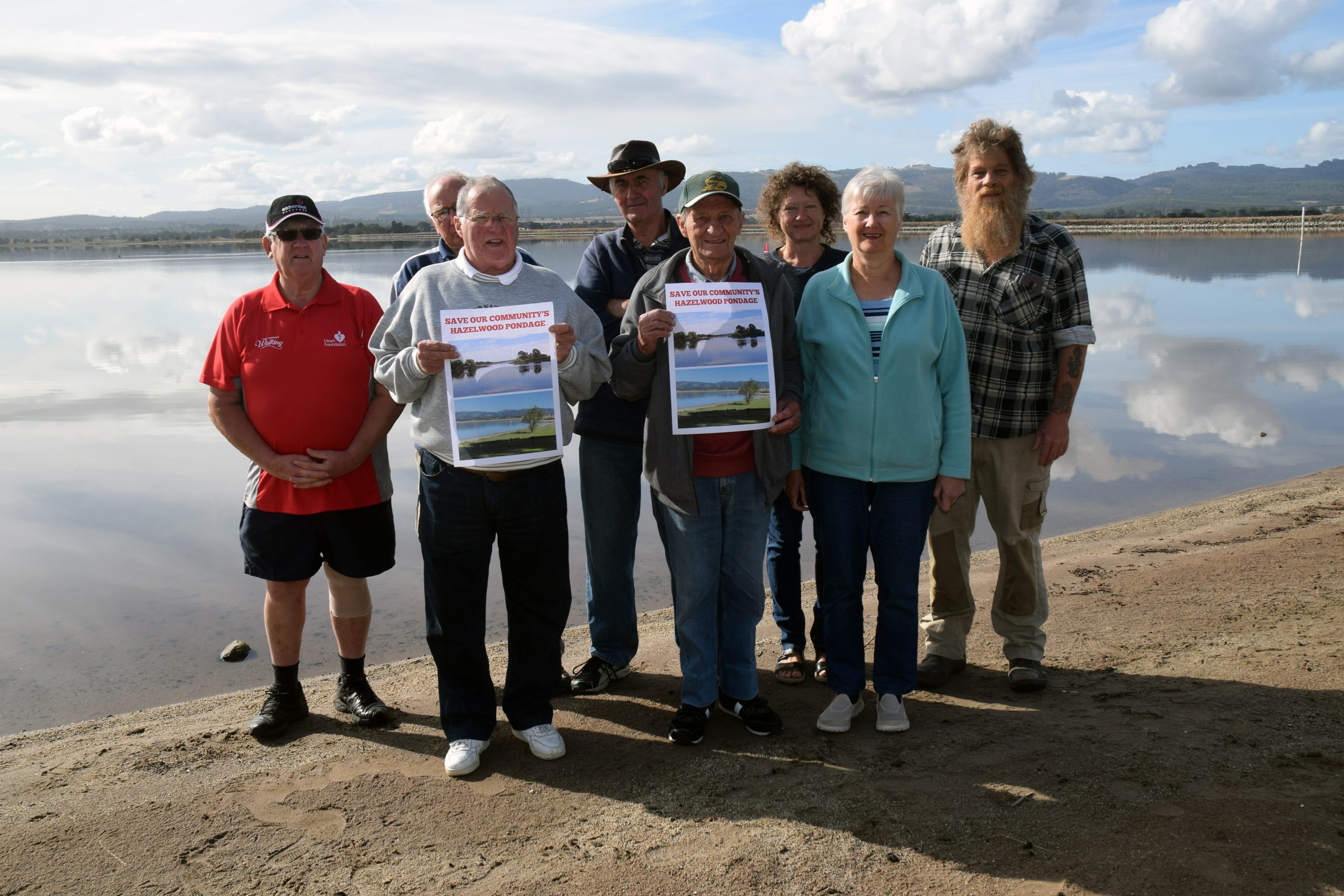The Latrobe Valley could get its first detailed vision of the future later this year, through a competition inviting the world’s best urban architects to design a “transitioned” Valley community.
The competition, run by RMIT University’s Office of Urban Transformations Research Laboratory, invites Australian and international designers to submit urban design plans which aim to revitalise small towns and potentially rehabilitate mines and power station infrastructure.
RMIT Associate Professor of Landscape Architecture Dr Rosalea Monacella said significant sites throughout the Latrobe Valley had been identified for redevelopment under the project, in which architecturally-based teams would work to submit detailed layouts which “activate change” and “promote vibrancy” in the region.
“Teams will be required to generate a detailed image of what certain aspects of the Latrobe Valley will look like, which could involve the retrofitting of existing redundant infrastructure, or be a broader residential development,” Dr Monacella said, not giving away which areas in the Valley had been targeted for the competition.
The project reflects revitalisation initiatives already carried out in Europe, in which design companies were invited to revitalise industrial landscapes, such as the successful Duisburg Nord project in Germany, in which a coal and steel industrial zone in the city was transformed into an iconic hybrid parkland landscape.
“There’s been a number of successful structural transitions throughout the world, especially in Europe; Germany has shown us that how they’ve restructured and retrofitted their 20th century industrial setting,” RMIT research fellow Tom Harper said.
The competition comes after the Latrobe Valley Transition Committee’s ‘Report to Government’ document was released last week, which after 14 months in development outlined generalised directions the Valley could steer its economy, away from dependence on the power generation sector, but was light on actual details.
“With all the transition plans in place now, they are doing a great job, but the policies are very wordy, and don’t actually put much plans into vivid detail; this project is ultimately about the visualisation aspect … this will be able to provide more solid examples of what the Latrobe Valley could expect to see here,” Mr Harper said.
“Transition is not a new concept for the Valley; our ambition is from a design perspective, which could demonstrate what the possibilities are, and how the towns might look like, how it might actually be revitalised,” Dr Monacella added.
Coming as the first stage of a five-year project, winning entries will go on to be developed into test-case scenarios, in which select design aspects will be implemented to test some of the larger ideas explored in the competition.
Dr Monacella said with other ageing heavily industrialised areas in the world potentially facing their own transitions in the coming years, countries such as Russia, China, India and America “would be looking closely at how the Latrobe Valley manages its adjustment”.
Latrobe City acting mayor Sharon Gibson acknowledged the significance of Latrobe Valley’s transition being played out on the global stage, but stressed the importance of any new plans incorporating the local needs and desires of the community.
“Through transition, a revitalised Valley can be something that we can embrace and own; something that will put us on the map for all the right reasons,” Cr Gibson said.
“Each of our major towns have their own different strengths and weaknesses, and we in the Valley are the ones who know our needs best.”
Express Facebook follower Axella Johannesson echoed Cr Gibson’s calls for localised input.
“I am quite keen (on seeing detailed plans of the Valley’s possible future, but) no plans should be shoved upon us by outsiders who patronisingly think they know better than we do what our needs are (the mooted return to parallel parking on Church St in Traralgon is a case in point),” Ms Johannesson said.
However Dr Monacella and Mr Harper assured any successful plan would draw from the needs and knowledge of the local community, citing examples in which misunderstood and neglectful approaches had completely collapsed.
“Detroit is a city that certainly has failed… when the car manufacturing industry collapsed; but the world’s design community learnt incredibly from that,” Mr Harper said.
Run in conjunction with Latrobe City Council, Gippsland Climate Change Network, and Clean Coal Victoria, the project, which launches on September 11, boasts a $120,000 price, with the first stage winners announced on 29 November.










